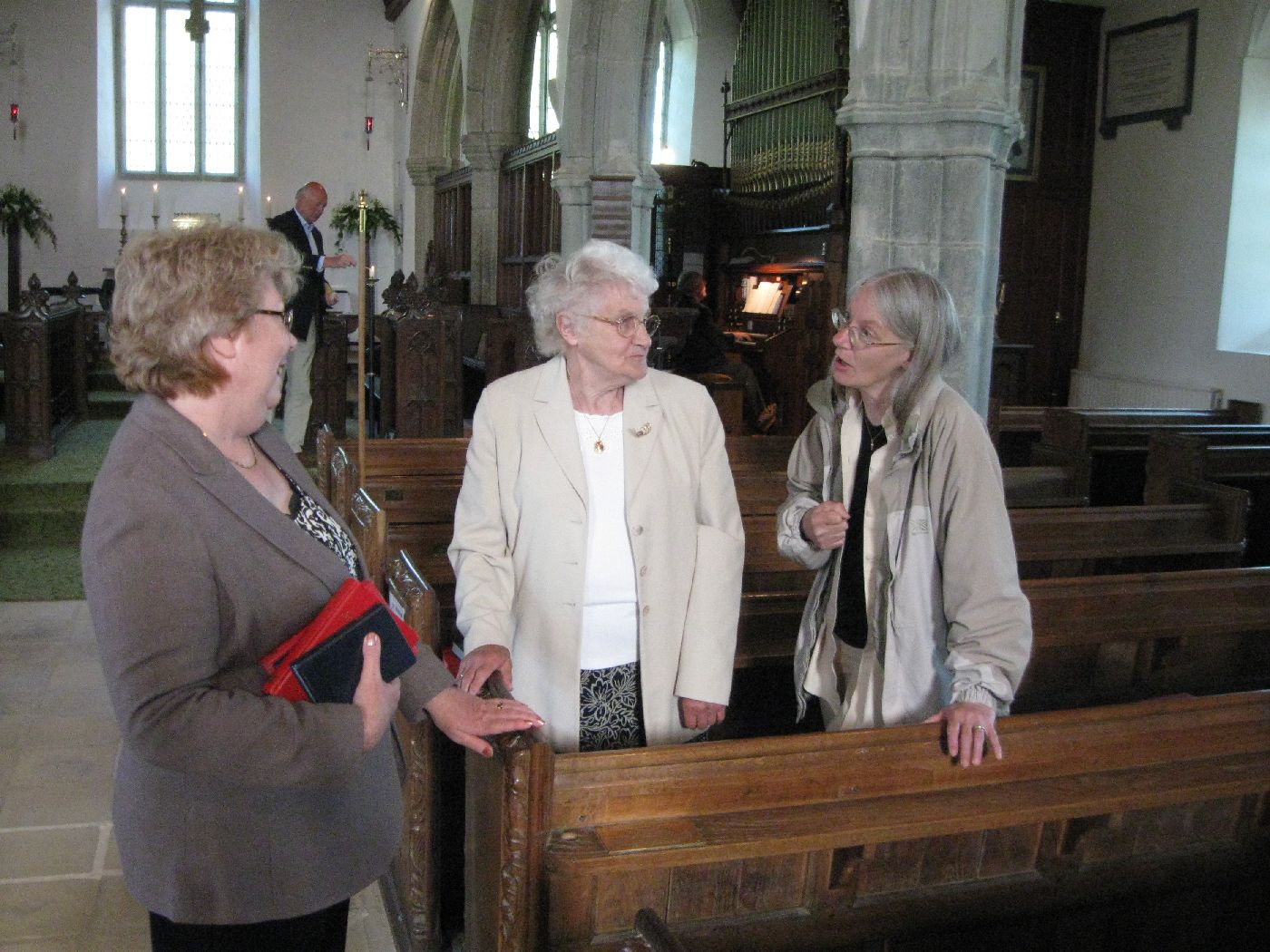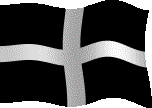- MY LIFE AS AN EVACUEE IN WEEK St MARY by Audrey Tarrant (an extract from 'Week St Mary Village - a community at large')
Our school party left Croydon in the very early hours on 16th June 1940, we boarded a train not knowing where we were going. The journey took all day, and in hindsight the teachers who were with us must have had a very daunting job keeping us all amused, fed, toileted etc. throughout the day. We finally arrived at Bude station at about 7pm and were walked, crocodile fashion, across the road to a big garage which was full of large tables with ladies waiting to serve food to us. After this we were all assembled and escorted onto the fleet of buses there.
In all this time I must say I had no fear of where I was going, I remember being sad at leaving Mum and Dad, but knew that it had been arranged for Mum to come as a helper when the school was settled in. On arrival at Week St Mary I realised I had lost my two brothers since leaving the train! - then I began to worry!!!
We must have looked a very 'bedraggled bunch' when we arrived after being on the move all day, but we were all gradually taken in ones and twos by our foster parents and I went with Les & Mary Colwill to a large house, (well I thought it large after our little one in Croydon). When I woke up the following morning I couldn't believe the amount of 'country' all around.
After a few days my brothers were found, Colin had been kept at Bude for a medical exam and was eventually sent to Nath & Winnie Coles in Week St Mary, and Peter was discovered in Whitstone - he obviously joined the wrong bus. As he was happy there with Mr & Mrs Will Stanbury it was agreed he should not be moved.
We started school in the room beside the Methodist Chapel under the direction of Mr Martin and Miss Pratt, two classes with two teachers in one room could not have been easy. I think there was a small room at the back where we went for reading etc.
Eventually several children returned home and the rest of us were filtered into the main village school at the top of the hill, where 'Pop' Martin later took over as headmaster.
During our early days in Week, I remember most of us caught Impetigo which of course, being infectious, we were all treated with a medication which turned all our spotty faces, arms and legs mauve. I'm sure this did nothing for the local residents trying to endear themselves to this 'bedraggled lot'.
However everything turned out well in the end, because my memories of life in the village and being accepted by the villagers will stay with me for the rest of my life, and in spite of the war I look back at my time spent in Week St Mary as some of the happiest days of my life. We had some very good times especially trying to do a bit of drama in Audrey & Sheila Jones' father's barn, (Cawsey). This was behind Orchards shop on Week Hill.
Our meeting place always seemed to be by the pump in the square, we would sit on the trough and talk for ages and plan what we could do or talk about tomorrow.
Some of us would go after school to the Blacksmith's Forge and help Ned Masters with the bellows. It was fascinating watching him shape the iron into a shoe and then burn it onto the horse - we learnt a lot there! The forge at this time was between the market place and Ivy Cottage, where George and Edna Masters lived, down a rough little lane. Photos on the website seem to indicate it as being in the square now.
Another meeting place was at 4pm every day when the incoming post arrived at the Post Office, which was then opposite the Chapel in Mr & Mrs Sandercock's house. After a quick sort, Mrs Sandercock would come out and call out the names for us 'regulars' there and we would take it away. There was always a lot of chat as it was a mixed crowd of eager youngster as well as some of the older folk expecting the letters etc. If anyone was lucky enough to get a parcel - well there was no holding them!
As I was later billeted at The Temperance Hotel with Mr & Mrs Ned Masters and their daughter Christine (later Mrs Den Treleven). I probably had more contact than most with the schoolteacher Miss Retallack who also lived there. I regarded her as much of a 'demon' as the rest in school, but indoors she did seem to relax and she was always more friendly. I remember her helping me if my knitting went wrong (as it often did) and she always used very long needles and tucked them under her arms when knitting - which seemed very strange to me with my short 'learners' needles.
The Temperance was quite the hub of the village with people, farmers and market personnel being constant visitors, and with a view from the window onto the square, we were aware of all the 'goings on.' On Market Days the hotel almost exploded with the comings and goings of the farmers and others visiting the Auctioneer who used the small sitting room as their office for the day. Most of the farmers and auctioneers had the lunch cooked by Mrs Masters This was always a roast meal and because of all this catering, extra rations were available. Compared with a lot of others during the war, I consider we fared very well there, and I think most villagers did by helping one another with foodstuffs that were in short supply. I seem to remember we had jam and cream at most meals, and meat nearly every day!!!!
As I have said, my childhood in Week St Mary was a very happy time, and when my mother gave birth to my sister in 19411 thought life was wonderful. We all integrated so well with the local children (as any villagers who are 70/80years 'young' and were in the village during the war will readily agree.) It was very strange, on looking back, how we all settled so well, but this must be credited to the villagers who made us all so welcome, and treated us as extended families, not just 'VACS'. My heartfelt thanks go to one and all in Week St Mary for making my wartime experiences so easy and pleasurable to remember. They will remain my GOOD & HAPPY YEARS.

